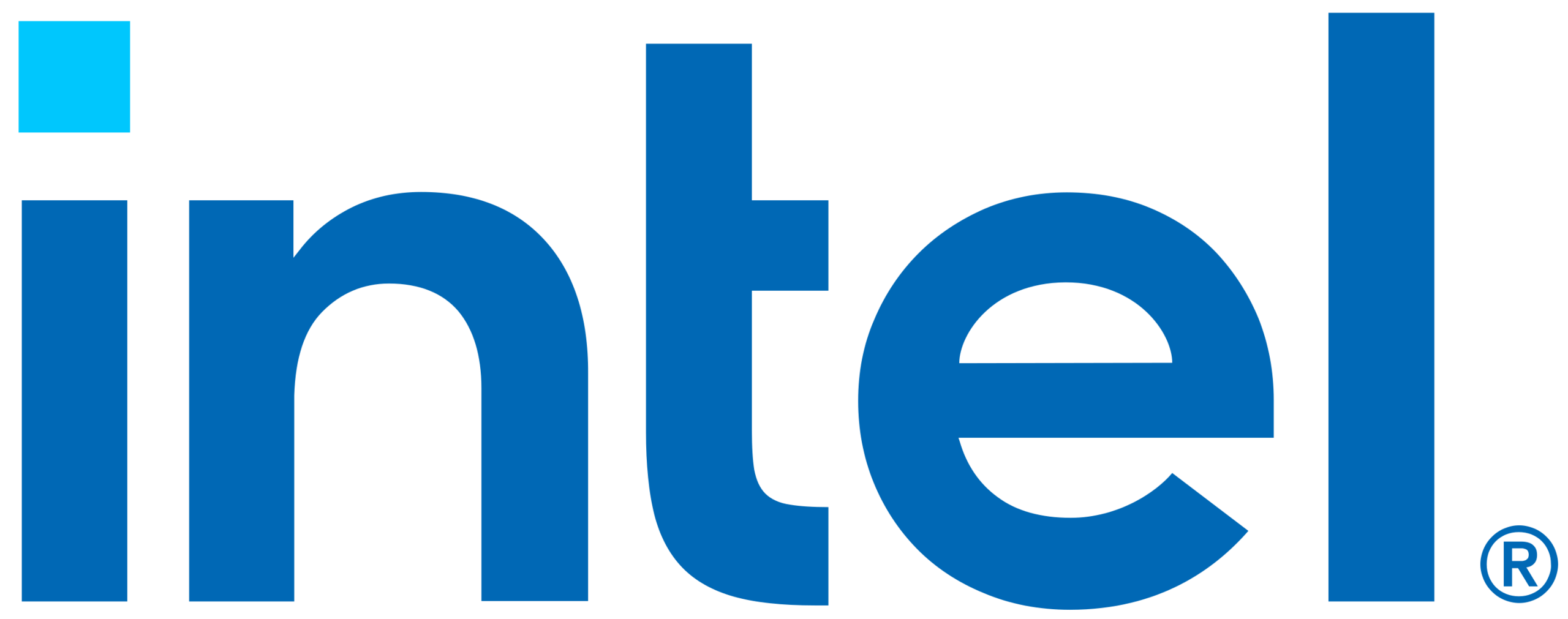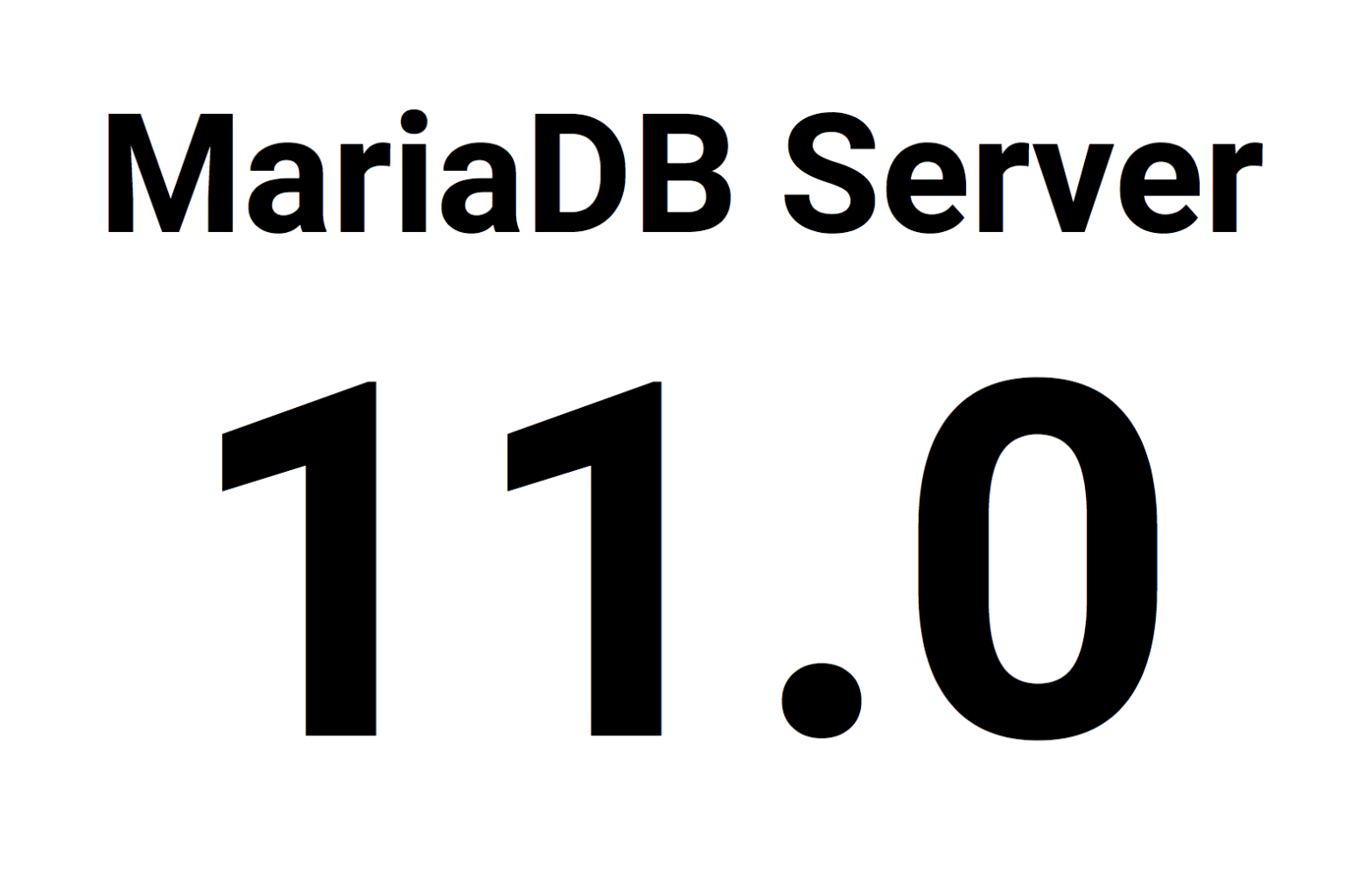Category Archives: Development
I’ve mentioned in past blog posts that not every contribution is a code contribution. There are many possible contributions that are valuable, including testing, bug reports, helping the community, etc.
Non-code contributions are quite invisible
Unfortunately, non-code contributions are sometimes invisible to the wider community, so today I wanted to shine a light on some such contributions. In this case, contributions made by one of our sponsors, Intel.
Intel is open source friendly
Intel have been an open source friendly company for a long time. But have recently pushed harder than ever towards open source, even giving their first ever new Innovation Award to Linus Torvalds.
…
With MariaDB 10.0.0 having been released over ten years ago (12 Nov 2012), you may ask yourself when there will be MariaDB 11.0.0. If so, I can answer you: Today.
You can now download MariaDB Server 11.0 Alpha preview from our dedicated download page and check out the release notes.
Time has passed …
Of course, we have a better reason for going with a new first number in a release other than ten years having passed. Significant new features. Significant incompatibilities with earlier versions.
…
Continue reading “MariaDB 11.0 – new optimizer, new major version series”
One of the most straightforward ways to add functionality to MariaDB or MySQL server instances is by creating a user-defined function (UDF). These are compiled functions loaded from dynamic binaries that can be much more performant and flexible than what can be written in SQL, providing the same capabilities as builtin functions.
These UDFs are typically written in C or C++, but a library is now available that makes it easy to write them in Rust. This blog discusses some of the reasoning for writing this library, followed by a very basic usage example that doesn’t require any experience with the language.
…
It may be long overdue, but based on recent events, we have launched Code of Conduct project at MariaDB Foundation. Our aim is to get your feedback and define a CoC, ideally by end of January, if we see convergence.
In the meantime, if we see unacceptable behaviour on the MariaDB mailing list or elsewhere, we will take action. We want to extend our apology to those who have had unpleasant experiences, about which we have done nothing in the past.
As for the code of conduct wording, our goal is to keep it short. Lofty goals often trigger distractive debates;
…
MariaDB 10.11.0, our latest preview release, features quite a number of improvements. The one we’ll talk about here is replicate-rewrite-db. This option has become a system variable from 10.11.0 based on MDEV-15530. Before this version it was just an option used by the mariadbd and mariadb-binlog binaries. There have been no behaviour changes with the option; it has simply become a dynamic variable.
How to try out this feature
The fastest way is to take MariaDB 10.11 for a spin in docker / podman (consult the blog mariadb-replication-using-containers) with the following commands:
To start a primary 10.11.0 MariaDB container, clone the directory, navigate to the cloned directory and run the following command:
docker run -d –rm –name mariadb-primary \
-v $PWD/config-files/primarycnf:/etc/mysql/conf.d:z \
-v $PWD/primaryinit:/docker-entrypoint-initdb.d:z \
-v $PWD/log-files-primary:/var/lib/mysql \
-e MARIADB_ALLOW_EMPTY_ROOT_PASSWORD=True \
quay.io/mariadb-foundation/mariadb-devel:10.11
To start the replica/secondary run the command to start the mariadbd process as well as specify the replicate-rewrite-db option on the command line:
docker run -d –rm –name mariadb-secondary-1 \
-v $PWD/config-files/secondary-1:/etc/mysql/conf.d:z \
-v $PWD/secondaryinit:/docker-entrypoint-initdb.d:z \
-v $PWD/log-files-secondary-1:/var/lib/mysql \
-e MARIADB_ALLOW_EMPTY_ROOT_PASSWORD=True \
quay.io/mariadb-foundation/mariadb-devel:10.11 –replicate-rewrite-db=’db1->db2′
Besides specifying the option as a command line argument, you can use a configuration file.
…
Continue reading “replicate_rewrite_db as a system variable in MariaDB”
MariaDB 10.11.0, our latest preview release, features quite a number of improvements. The one we’ll talk about today is GRANT … TO PUBLIC.
Background
MariaDB has quite a complex privilege system. Most of it is based on the SQL Standard spec; however we do have some specific MariaDB extensions. GRANT … TO PUBLIC (MDEV-5215) is a standard feature that is now available as a preview in MariaDB 10.11.0. It is related to ROLES and DEFAULT ROLE, but it covers a different use case.
ROLES are effectively “privilege packages” that you can enable and disable as a user.
…
Our most recent MariaDB Server release introduced some regressions starting with the 10.6 series, affecting 10.7 – 10.9 as well. This blog post is here to explain the problems in hopes that the impact is minimized. We are likely going to release a new version of MariaDB correcting these problems soon.
InnoDB Full Text Index on tables causes an assertion error (MDEV-29342)
There was a bug in the InnoDB Storage Engine where the full text index could go out of sync with the actual table data. This would happen when only one new row was inserted between the last InnoDB sync (which happens asynchronously) and a server shutdown.
…
Continue reading “Regressions in recent MariaDB Server releases”
I have been working for the MariaDB Foundation as the Chief Contributions Officer for a couple of weeks and it is fantastic being part of the MariaDB family again. Part of my job is to help the community massage pull requests into something that we can merge. I am, however, finding that one of the worst parts of my job is having to say “no” to contributions that clearly took a lot of time and effort on the part of the developer.
Contributions could be turned down or at least will require changes for a number of reasons.
…
Continue reading “The Path to Code Contributions in MariaDB Server”



